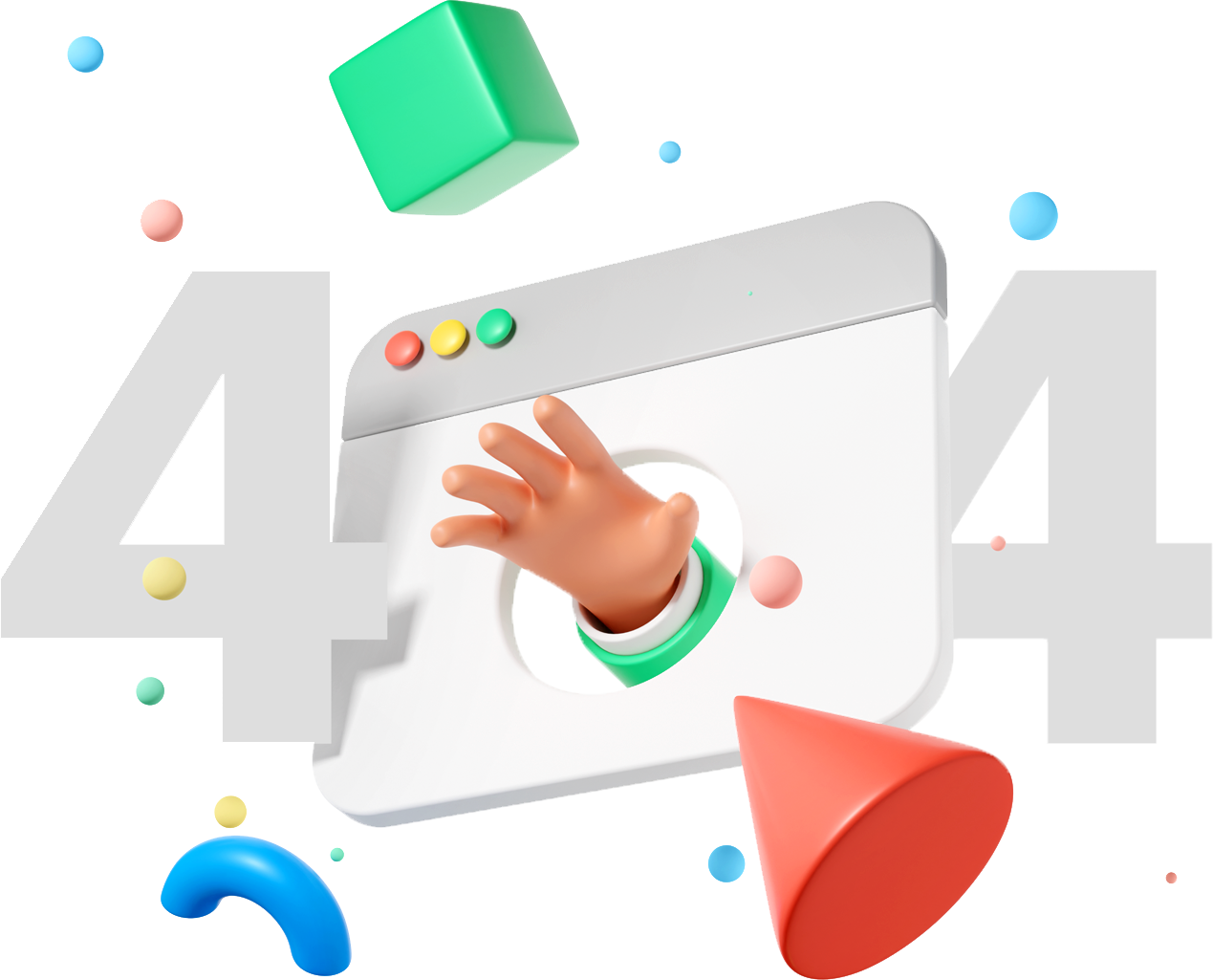Opps! Looks Like Here is Nothing.
The page you’re looking for isn’t found. We suggest you back to home. It’s easy...
Back To Home

The page you’re looking for isn’t found. We suggest you back to home. It’s easy...
Back To Home